The sunflower, with its golden petals and towering stem, has long captivated human imagination. But beyond its striking appearance lies a deeper mystery—its relentless pursuit of the sun. This phenomenon, known as heliotropism, is not merely a botanical curiosity; it embodies a profound philosophy of life, resonating with themes of resilience, growth, and unwavering purpose.
From dawn till dusk, young sunflowers track the sun’s path across the sky, their faces tilted toward its warmth. This daily ritual is driven by a combination of growth hormones and cellular responses to light. At night, the flowers reorient themselves to the east, anticipating the sunrise. As they mature, this movement slows, and the blooms settle into a fixed eastward gaze. Scientists attribute this behavior to the plant’s optimization for photosynthesis and pollination, but metaphorically, it speaks to a universal truth: the pursuit of light, both literal and symbolic, is intrinsic to life.
The sunflower’s dance with the sun mirrors the human quest for meaning. Just as the flower turns toward the light, people instinctively seek out sources of inspiration, knowledge, and hope. In literature and art, the sunflower often symbolizes loyalty and devotion—a reflection of its steadfast orientation toward the sun. This imagery transcends cultures, appearing in Van Gogh’s vibrant paintings and ancient myths alike. The flower’s persistence, even on cloudy days when the sun is obscured, reminds us that growth often requires faith in what we cannot see.
In the language of flowers, or floriography, the sunflower carries messages of adoration, longevity, and vitality. Its towering height and radiant bloom evoke a sense of ambition and optimism. But its most poignant lesson lies in its resilience. When deprived of sunlight, the sunflower does not wither; it adapts, stretching its stem or adjusting its leaves to capture every available ray. This adaptability underscores a vital life philosophy: obstacles are not endpoints but invitations to innovate.
The sunflower’s life cycle also mirrors the rhythms of human existence. Its seeds, packed with potential, lie dormant until conditions are right. Once planted, the seedling pushes through the soil with determination, much like individuals overcoming adversity. The mature plant, heavy with seeds, bows its head—a humble acknowledgment of the cycle of giving and sustaining life. In this way, the sunflower teaches the balance between striving and surrender, between reaching for the light and rooting deeply in the earth.
Modern science has unraveled the mechanisms behind heliotropism, yet the sunflower’s symbolism remains evergreen. In an era of rapid change and uncertainty, its example feels particularly resonant. The flower does not question its purpose; it simply follows the light. For humans, this translates to a call for clarity and conviction. Whether the "light" is a personal passion, a moral principle, or a creative vision, the sunflower urges us to align our actions with what truly illuminates our path.
Perhaps the most striking parallel is the sunflower’s communal nature. A single sunflower is a marvel, but a field of them is a spectacle. Together, they create a sea of gold, each plant reinforcing the others’ growth. This reflects the human need for connection and collective striving. Just as the flowers share the sun’s energy, people thrive when they support one another’s journeys toward light.
In gardens and wild meadows alike, the sunflower stands as a silent philosopher. Its lessons are simple yet profound: face the light, adapt to shadows, and grow toward what sustains you. Its life, though fleeting, is a masterclass in purposeful living. As we navigate our own paths, the sunflower’s unwavering gaze serves as a reminder—sometimes the wisest teachers don’t speak at all. They simply turn their faces to the sun, and in doing so, show us how to live.

By /May 21, 2025
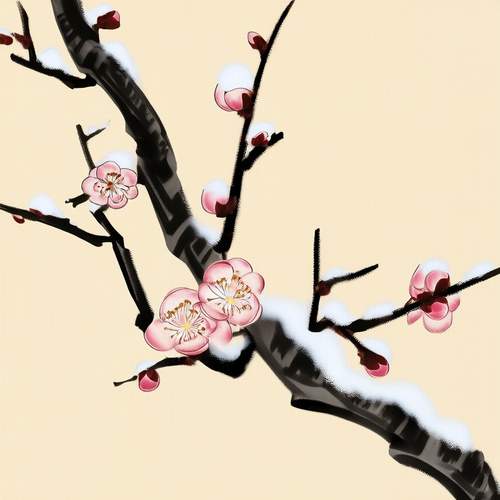
By /May 21, 2025
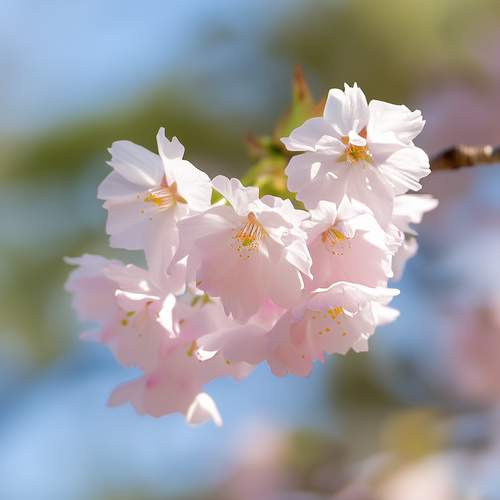
By /May 21, 2025

By /May 21, 2025
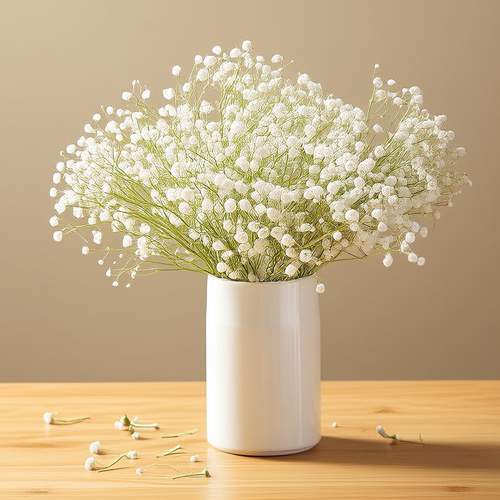
By /May 21, 2025
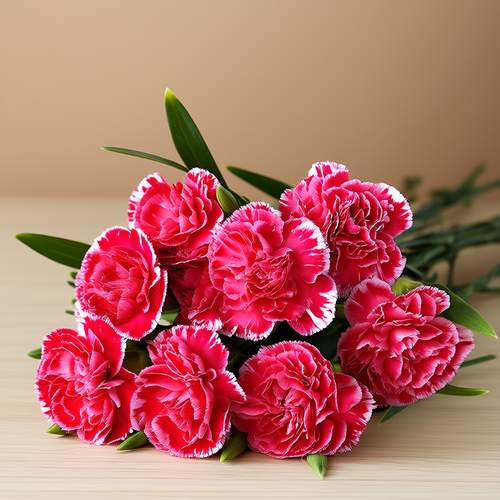
By /May 21, 2025
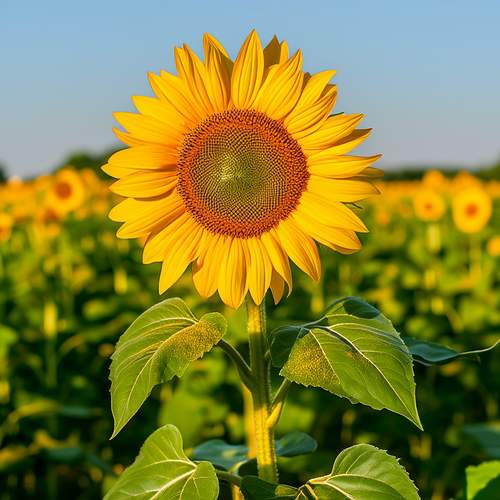
By /May 21, 2025
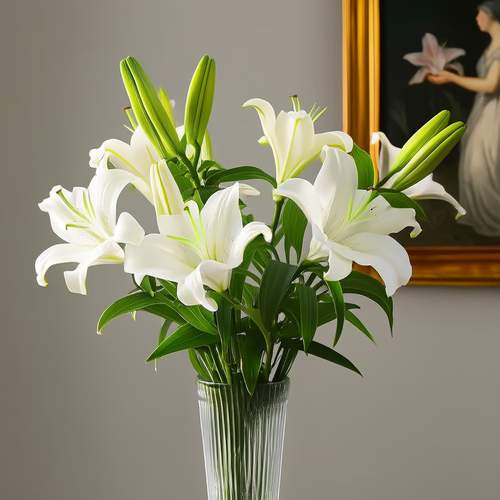
By /May 21, 2025

By /May 21, 2025

By /May 17, 2025

By /May 17, 2025

By /May 17, 2025

By /May 17, 2025

By /May 17, 2025

By /May 17, 2025

By /May 17, 2025

By /May 17, 2025
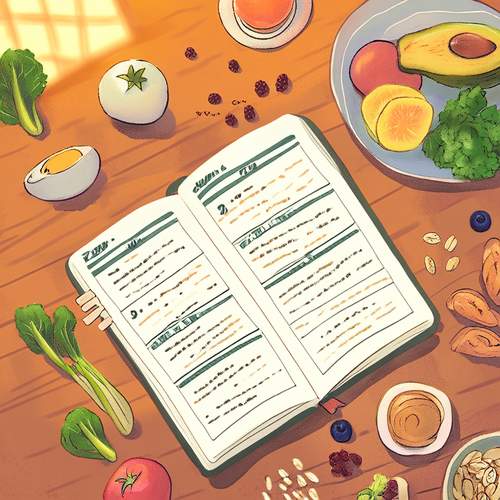
By /May 17, 2025

By David Anderson/Apr 29, 2025